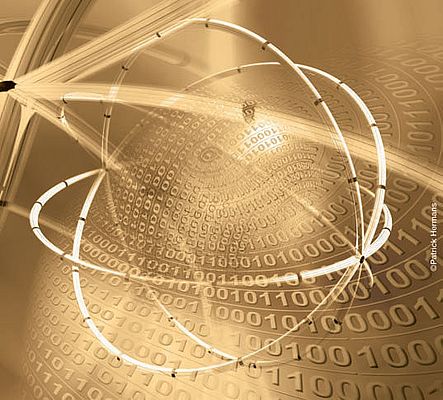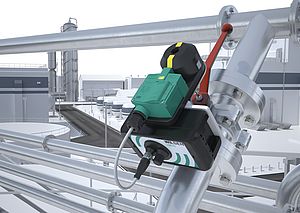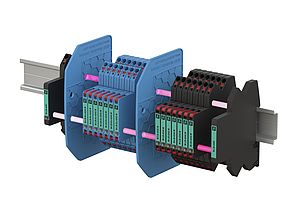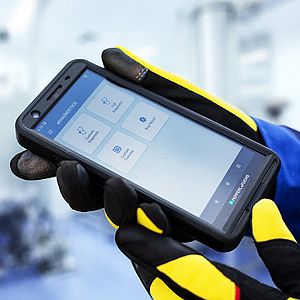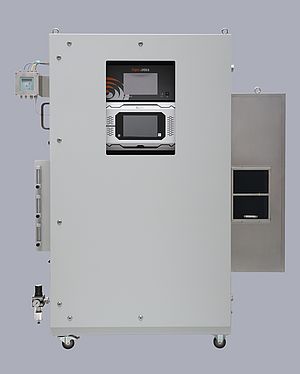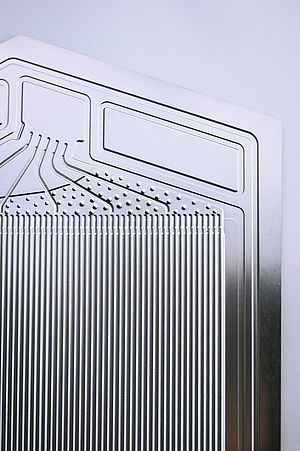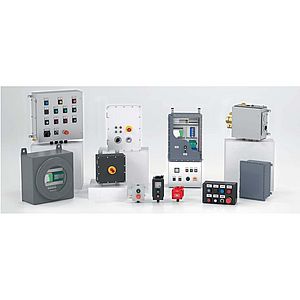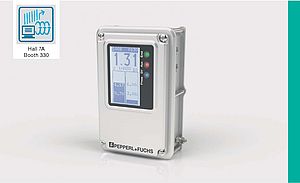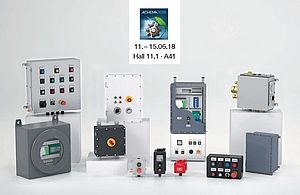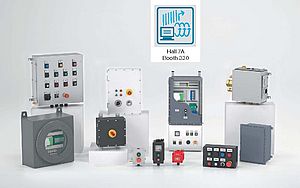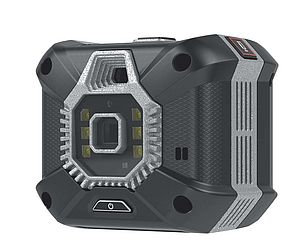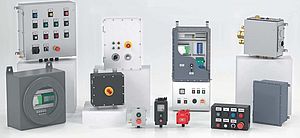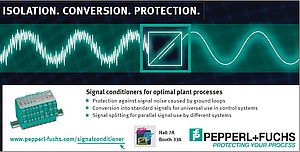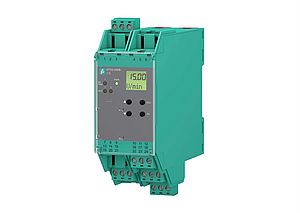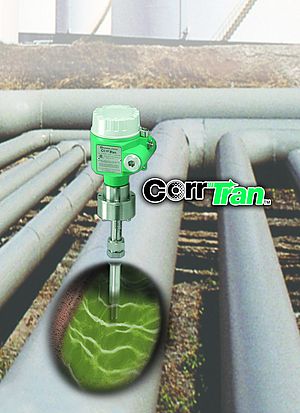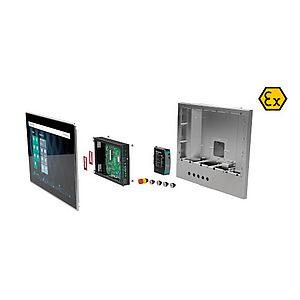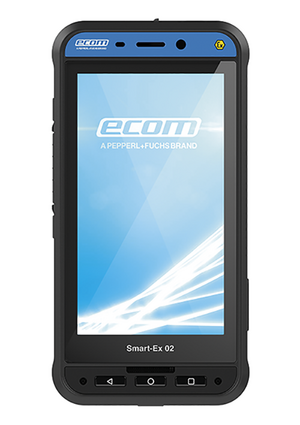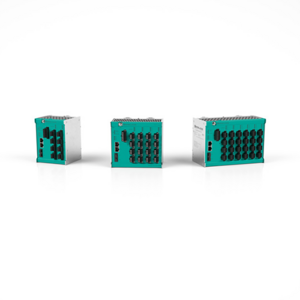Industrial Ethernet is widely used in the industry and is now finding its way into process instrumentation. It can integrate production applications with business systems, and rationalize network architectures across process, discrete and hybrid applications
The process industry looks to integrate production applications with business systems, and the manufacturing industry as a whole looks to rationalize its network architecture across process, discrete and hybrid applications. This makes manufacturers in the process industry turn to industrial Ethernet. It can deliver cost effective, flexible and future-proof network architecture for process applications and provide all the tools needed to make use of standard Ethernet technology while enabling full internet and plant wide connectivity. This new approach to bus technology makes use of proven equipment by just adding an Ethernet gateway.
Industrial Ethernet is widely used in the industry and is now finding its way into process instrumentation. Compared with legacy I/O instrumentation - using point-to-point DIN rail devices or Eurocards - the bus offers considerable savings and technical improvements. This holds particularly true where Asset Management is employed to obtain information for advance maintenance or to avoid unnecessary service activities.
Green field sites and even more so legacy plants make extensive use of Remote I/O. In the past the communication path was based on the field proven RS485 hardware using Profibus or Modbus protocols. Now industrial Ethernet is moving forward. However, to the dismay of end users the Ethernet does not offer a uniform protocol to which all manufactures adhere. At present several Ethernet protocols are being used alongside each other. These are Ethernet IP, Foundation Fieldbus HSE, Modbus TCP, and Profinet. This makes it difficult for end users to embrace this technology.
There was hope that HSE would become the industry standard with Foundation Fieldbus protocols on Ethernet becoming the norm. Unfortunately not all DCS vendors have as yet subscribed to this format with the specification for HSE Remote I/O still under development. As yet there are also no field devices offering direct Ethernet access. Therefore it makes sense to employ Remote I/O and the well established Modbus TCP protocol supported by all major DCS vendors.
Ethernet Remote I/O
Fieldbus technology has gained importance over the past ten years. Hundreds of thousands of I/O modules are in use worldwide. Now we have reached another milestone.
Ethernet Remote I/O makes use of existing, field proven I/O modules bringing all the functionalities required for process instrumentation to the industrial Ethernet. Ethernet Remote I/O allows you to combine analog and digital I/O in the same slave. It supports NAMUR or switch type inputs as well as solenoid outputs, temperature signals or supply circuits for two- or four-wire transmitters, proportional valves and positioners.
The modular approach arrives at a very compact solution offering up to 184 digital inputs or outputs or 80 analog I/O or any combination of analog and digital I/O.
Modules can be added within this framework whenever required. This allows for a modular expansion with I/O devices on demand. Housings in glass fibre reinforced polyester (GRP) or stainless steel are available to accommodate solutions to customer requirements based on standard configurations to speed production and keep the cost down.
Ethernet Remote I/O Slaves
The Ethernet Remote I/O can be regarded as any other Ethernet device. It uses Ex-e bus connections in Zone 1 or “Ex-nA” in Zone 2 for explosion protection in the same way as the traditional RS485 Profibus.
The field loops are completely isolated and segregated from the Ethernet. Therefore any work carried out on the field loops will not have any adverse effect on neighboring devices nor the bus. A short of any input or output channel will not affect other channels. Modules including the gateway can be removed or inserted without jeopardizing the Ethernet.
Host Integration via FDT/DTM
The integration of the Ethernet Remote I/O into suitable host DCS systems is accomplished by the well established FDT technology (field device tool) and certified DTMs (device type manager). It thus arrives at an easy to use configuration tool which is part of the DCS environment just as any other DTM device. Should this tool not be available on the DCS side there are off-the-shelf FDT frames available to support this technology with import and export functionality for system integration. PACTware is just one of them.
Advantages of Ethernet
Ethernet is capable of transporting large volumes of data at high speed lending itself to real time processing. In principle Modbus TCP is a suitable protocol to satisfy these requirements. The well established Modbus telegrams are coded into TCP packages which are then communicated via Ethernet. The physical layer is based on a standard off-the-shelf twisted pair employing regular switches and fibre optic converters to bridge long distances.
Modbus TCP can handle multi master operations where several controllers or SCADA systems share common slaves with analog and digital inputs and outputs.
Ethernet networks offering ring topologies can be operated in a redundant mode offering maximum reliability. Ethernet even allows Ethernet/IP and Modbus TCP protocols to share the same infrastructure.
Combining Ethernet technology with FDT / DTM made it possible for HART field devices to be addressed via the network. Even if the master is not capable of handling the HART protocol a workstation equipped with a FDT frame application will be able to cope.
Devices implementing industrial Ethernet can be built to meet Ex-e (increased safety) requirements as defined under the ATEX Directive in Europe, and many devices have Class 1, Division 2 certification, allowing devices to be installed in hazardous areas using standard Ethernet.
Flexible topology is an important requirement in process applications. The Ethernet addresses this requirement by supporting a range of different topologies, including linear, star, tree, ring, and mesh, and with both copper and fibre cabling.
Summary
Industrial Ethernet adds a new dimension to Remote I/O interfaces which connect all kinds of intrinsically safe inputs and outputs to process control systems in the chemical, petrochemical, and pharmaceutical industries as well as the oil and gas sector. The benefits lie not only in the plant wide use of proven Ethernet technology but also in the simplicity with which the slaves can be integrated into the DCS and PLC environments.
Ethernet Remote I/O for Process Signals
Industrial Ethernet is widely used in the industry and is now finding its way into process instrumentation.
- by Pepperl + Fuchs SE
- April 1, 2009
- 252 views


